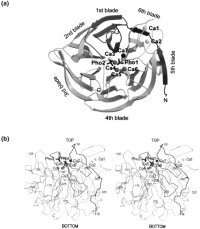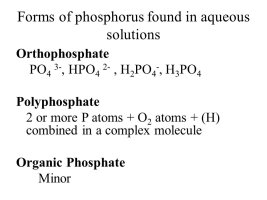Great Find

, and interesting read/theory. I will be watching thread with interest and looking forward to more feedback esp from
@dw1305 and
@ceg4048 😉
Karl,
These are excerpts from messages from the venerable website
The Krib
A lot of the data is from the experiments of Paul Sears and Kevin Conlin. These guys were great and they brought us the original Poor Man's Dosing Drops (the first D in PMDD actually is the first letter in a famous company's dosing drops but the acronym was changed to avoid litigation). In any case Sears and Conlin did not go far enough because at that time (20 years ago) there had not yet been any correlation made between filamentous algae and CO2, AND both of these guys suffered from a mind set against PO4. That is why they developed PMDD to be devoid of PO4 and is a failure unless the hobbyist's water source is high in PO4. It was later rectified by others to be "PMDD+PO4", which is very similar to EI.
In many of their case studies CO2 related algae appeared, which they did not recognize as being CO2 related and they attributed the appearance of the algae to what we now know to be unrelated causal factors, such as Fe and so forth.
ALL filamentous algae and Red algae is caused by poor CO2. They were unaware of that 20 years ago. Folks were using DIY yeast CO2 and so suffered greatly with algae, clueless of the cause.
Any organic nutrient source is essentially trapped within the molecular structure of organic objects, such as feces, uneaten food, detritus and plant matter. These are only released in the water when bacteria have broken down the material to get at the nutrient. So using organic nutrient sources is a very bad idea because the environment has to degrade in order for the nutrient to be made available. Plants do not typically uptake organic molecules. The uptake and metabolic pathways are typically selective and specific to the nutrient molecule of interest. That means there is a special NO3 channel, a special PO4 channel, and so forth. The PO4, or NO3, or NH4 ion must not be hidden or embedded within another molecule. The plant would interpret that molecule to be pollution. Inside the plant, however is a different story. Nutrient ions that are toxic are chelated using organic molecules to shield the plant from toxicity and are then delivered to the site where they are released and used in whatever chemical reaction is required of that ion. All the micronutrients are actually highly toxic metal ions. NH3 is toxic as hell, so it is chelated and then broken down into amino acids or their precursors as quickly as possible. NO3 and PO4 are non-toxic and can easily be stored without the need for chelation.
So one must be very careful using historical data that has long since been disqualified. Twenty years from now we will understand things that we do not yet understand now. If we continue to draw conclusions based on this type of data, not recognizing their origin, relevance or context, then we are doomed to repeat the very same failures.
Cheers,











